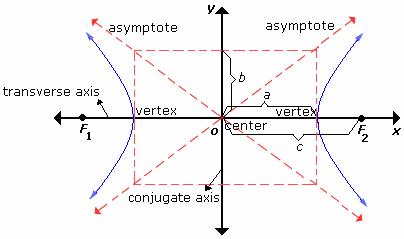

Expanding the monotropism account to recognize the role of exogenous attention capture in autism helps us explain important aspects of autistic experiences, such as sensory overload.Įxogenous hyper-focus also offers responses to key lines of evidence that would contradict an endogenous-only model of autistic hyper-focus. Most importantly, I think we need to re-evaluate whether autistic hyper-focus is solely endogenous or whether hyper-focus can also be exogenous or “bottom-up”: that is, whether hyper-focused attention can also be susceptible to being externally captured by highly salient or distracting stimuli in one’s environment.īased on my experiences, accounts from other autistic people, and experimental findings, I do think that autistic hyper-focus can be either endogenous or exogenous. However, I’ve also been doing some thinking about the theory of monotropism and I think there are some important modifications that could be made to enhance it. In the sixteen years since the theory was proposed, thousands of autism research papers have been published, but I don’t think a single one of them was an experimental research study set up with the goal of testing the monotropism hypothesis! I believe the monotropism hypothesis certainly deserves more attention than this (and one of the main goals of my thesis research will be to explore monotropism in autism). Unfortunately, the monotropism theory has been almost totally neglected by neurotypical researchers. This hyper-focus is conceptualized to be endogenous, meaning it is motivated internally “from the top down” by the intense interests of the autistic person. In any case, the monotropism hypothesis – as originally proposed – suggests that the central feature of autism is hyper-focus, an attention tunnel narrower than one would find in neurotypicals.

I suspect this might have something to do with the fact that the monotropism account was developed by autistic people, and the other theories were developed by neurotypicals… Many autistic people – myself included – find monotropism to be quite a bit more consistent with our personal experiences than other theories of autism. The monotropism account of autism – which was introduced by Dinah Murray, Mike Lesser, and Wenn Lawson in 2005 – is, within the autistic adult community, probably the dominant theoretical approach towards understanding what autism is.


 0 kommentar(er)
0 kommentar(er)
